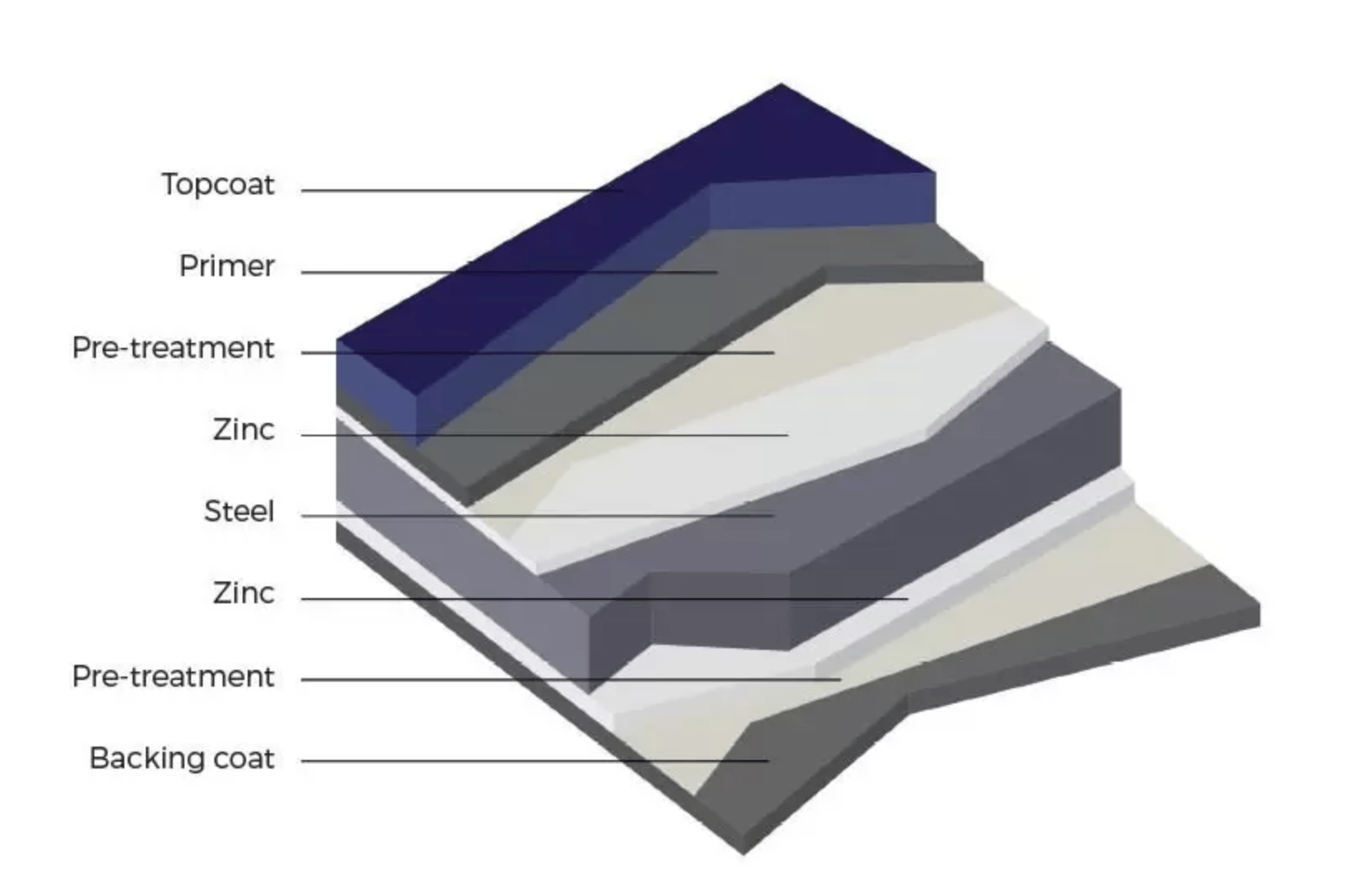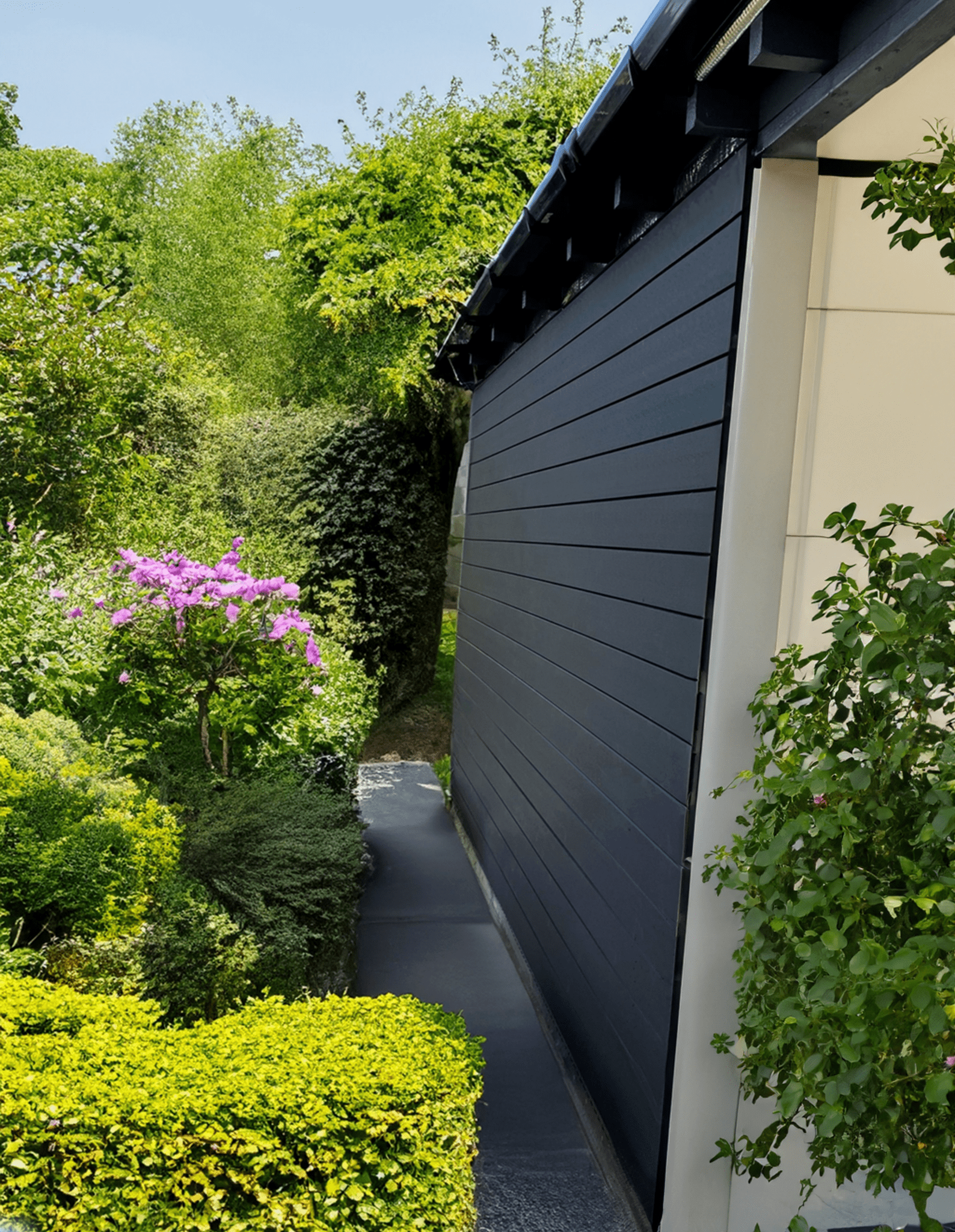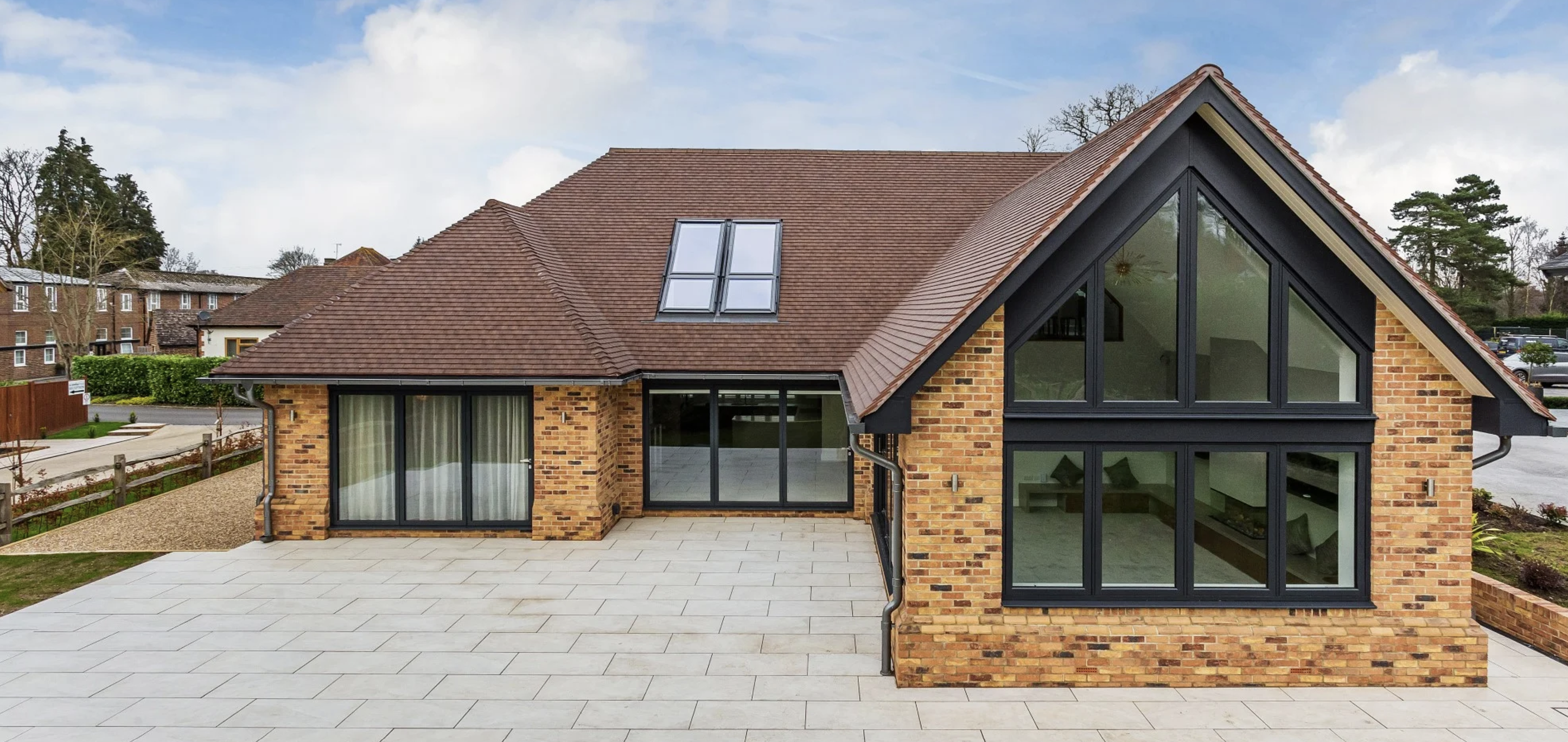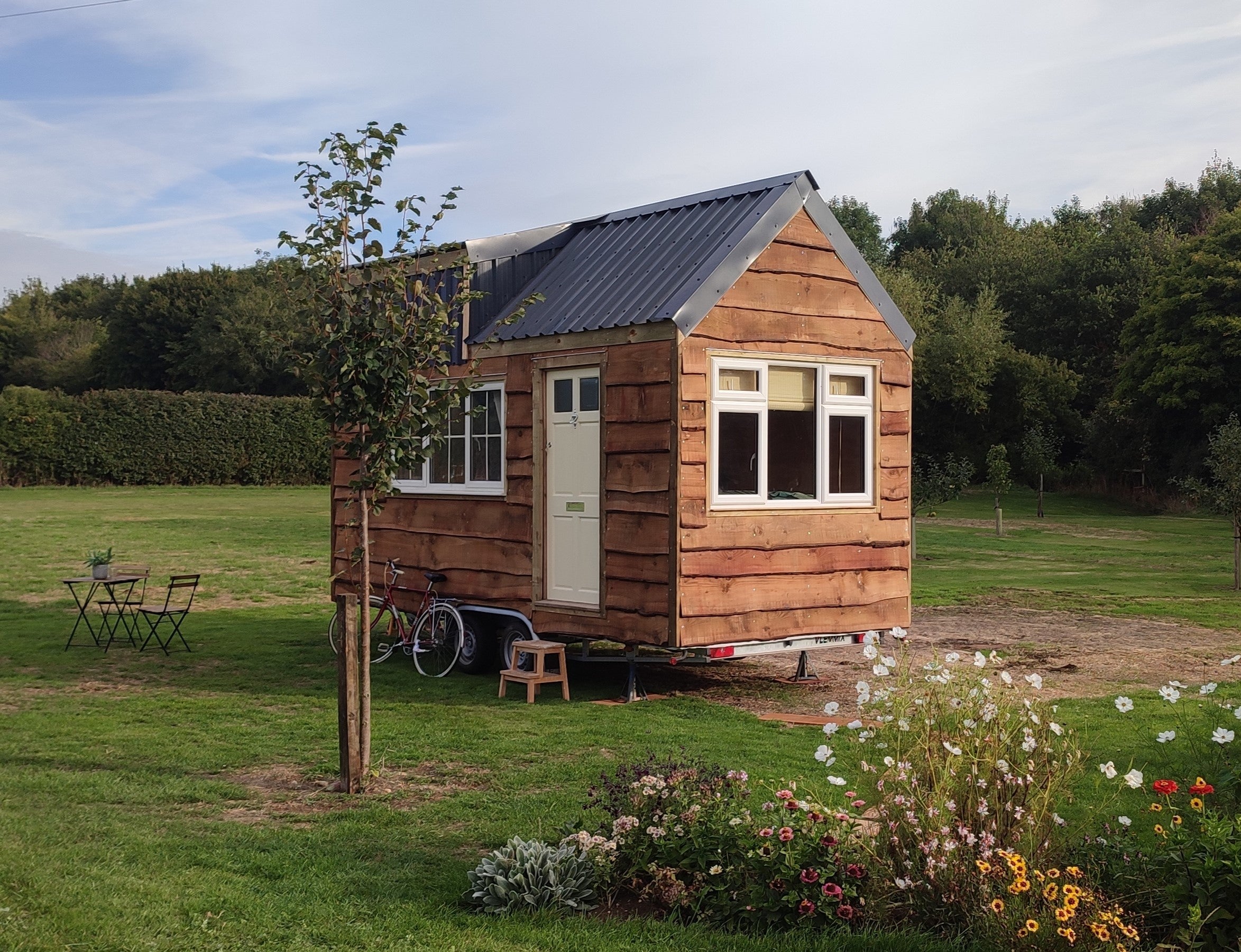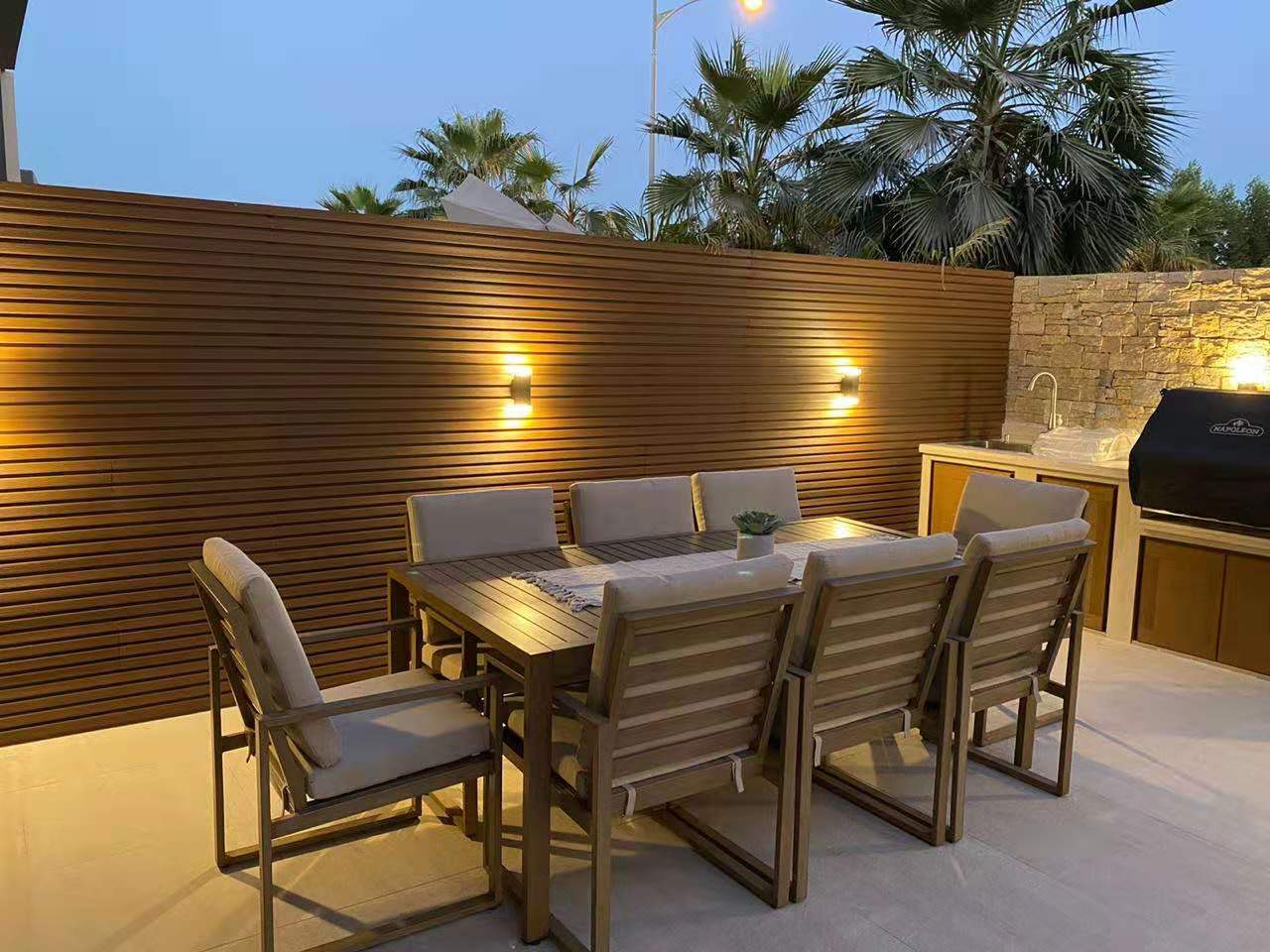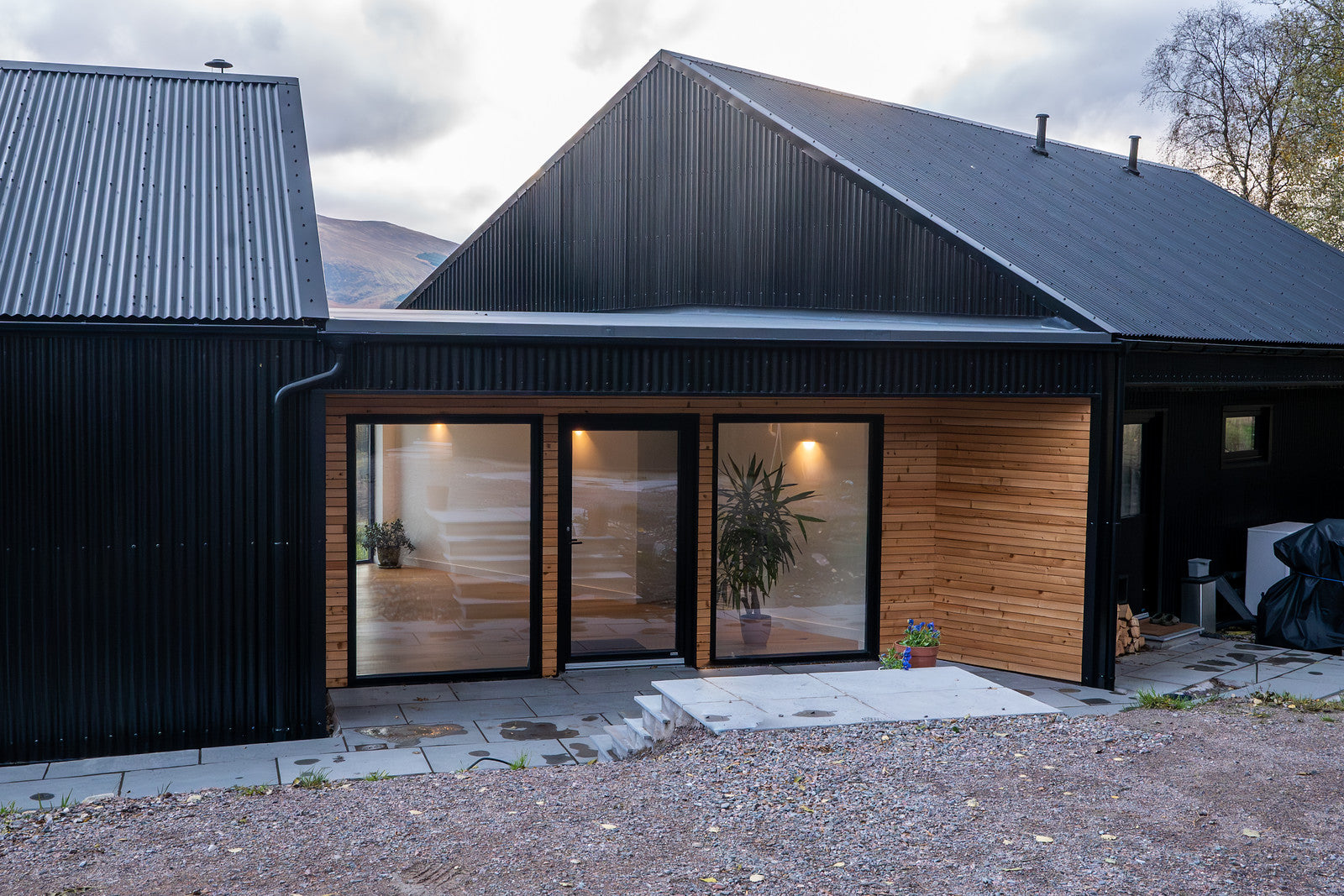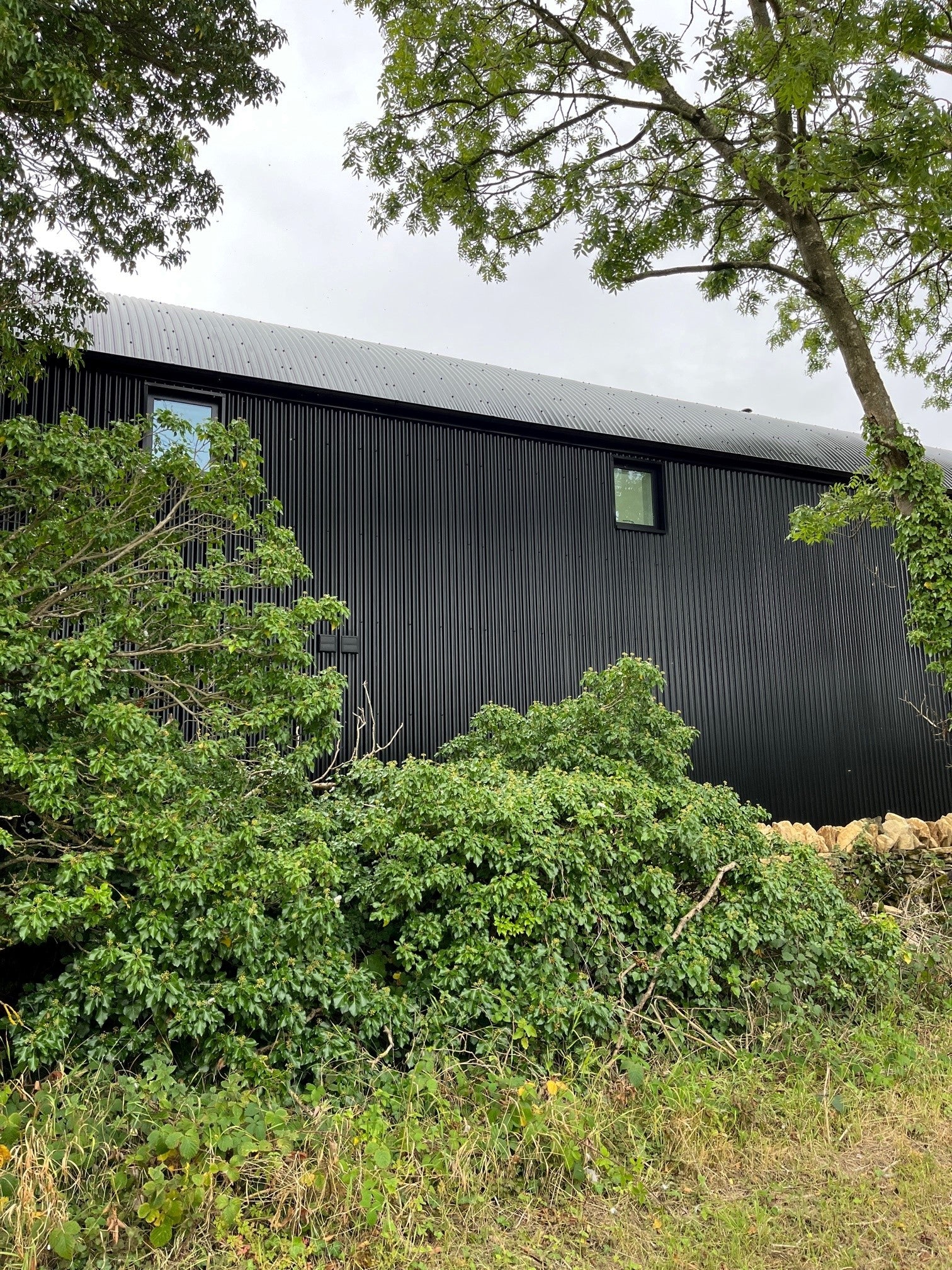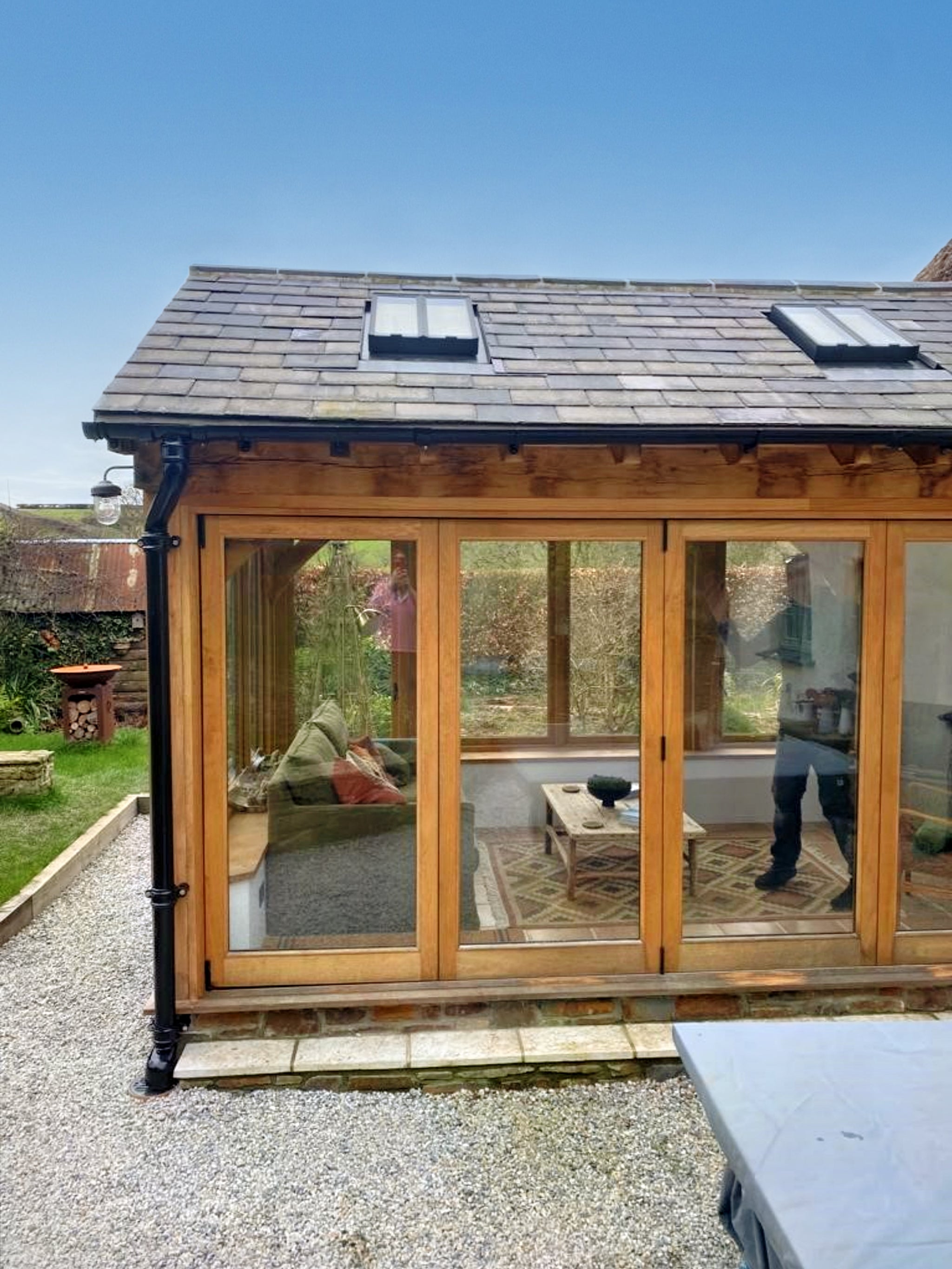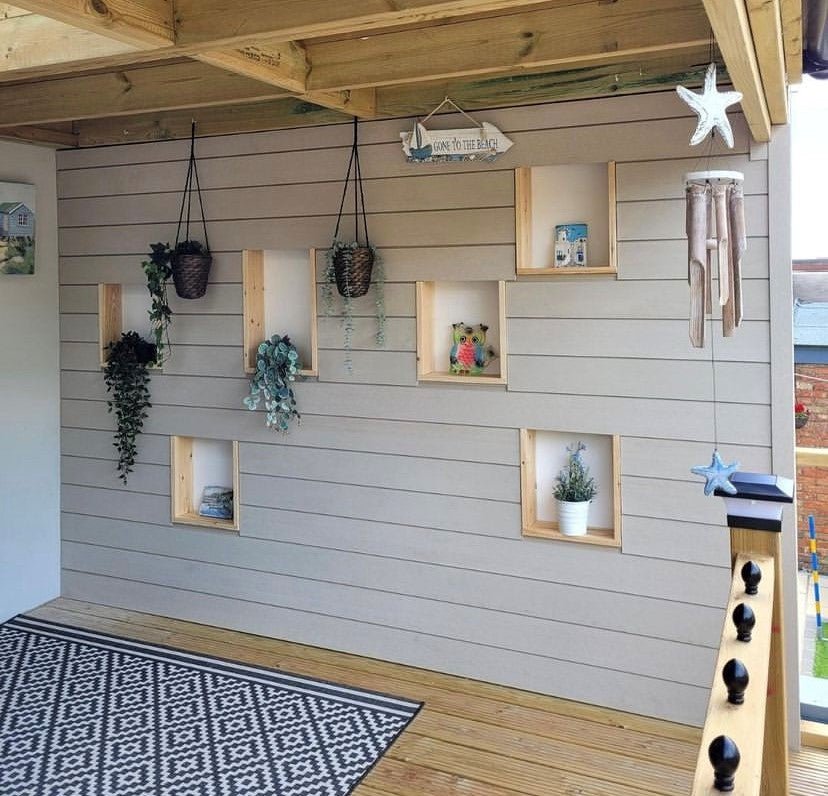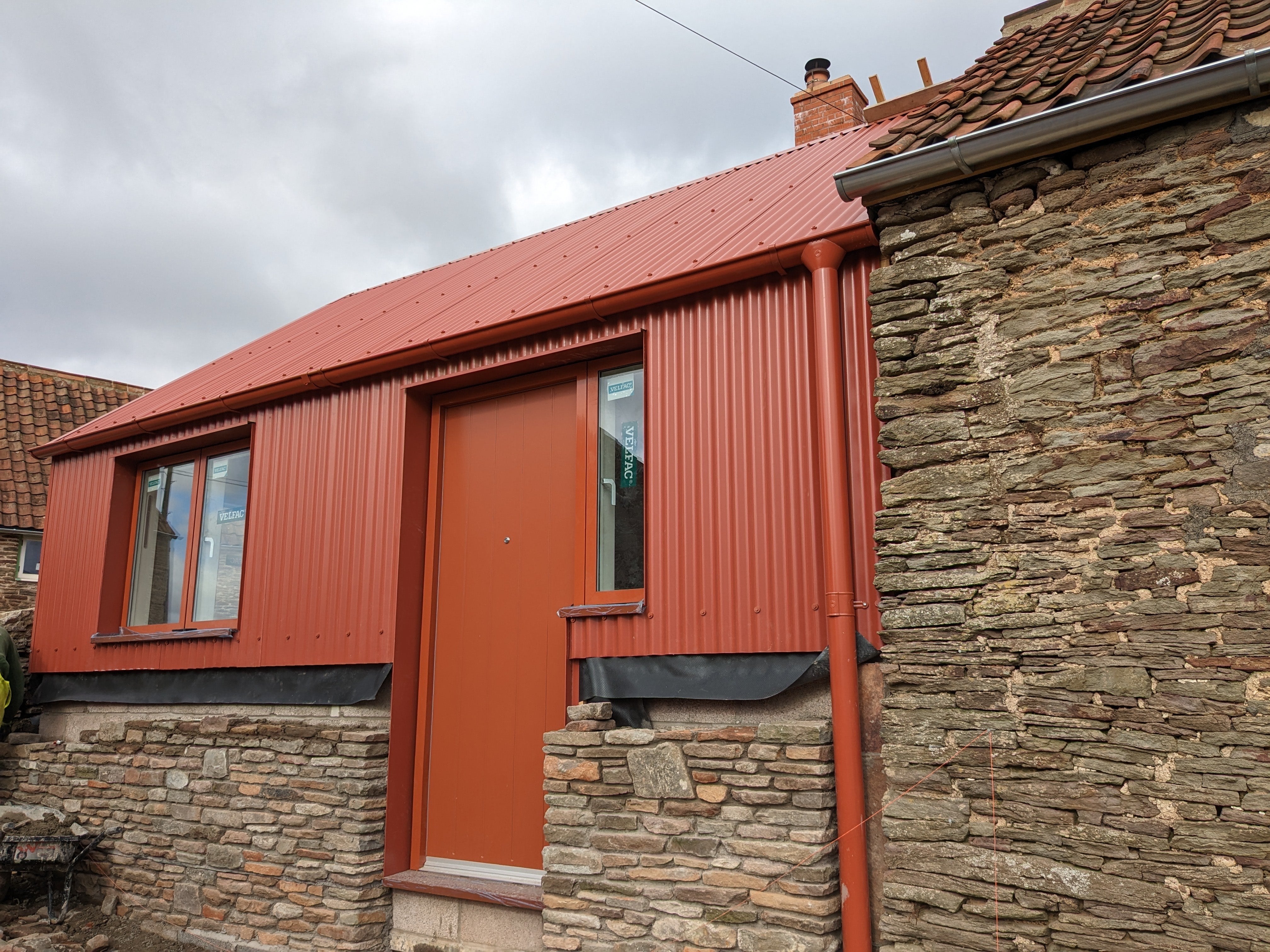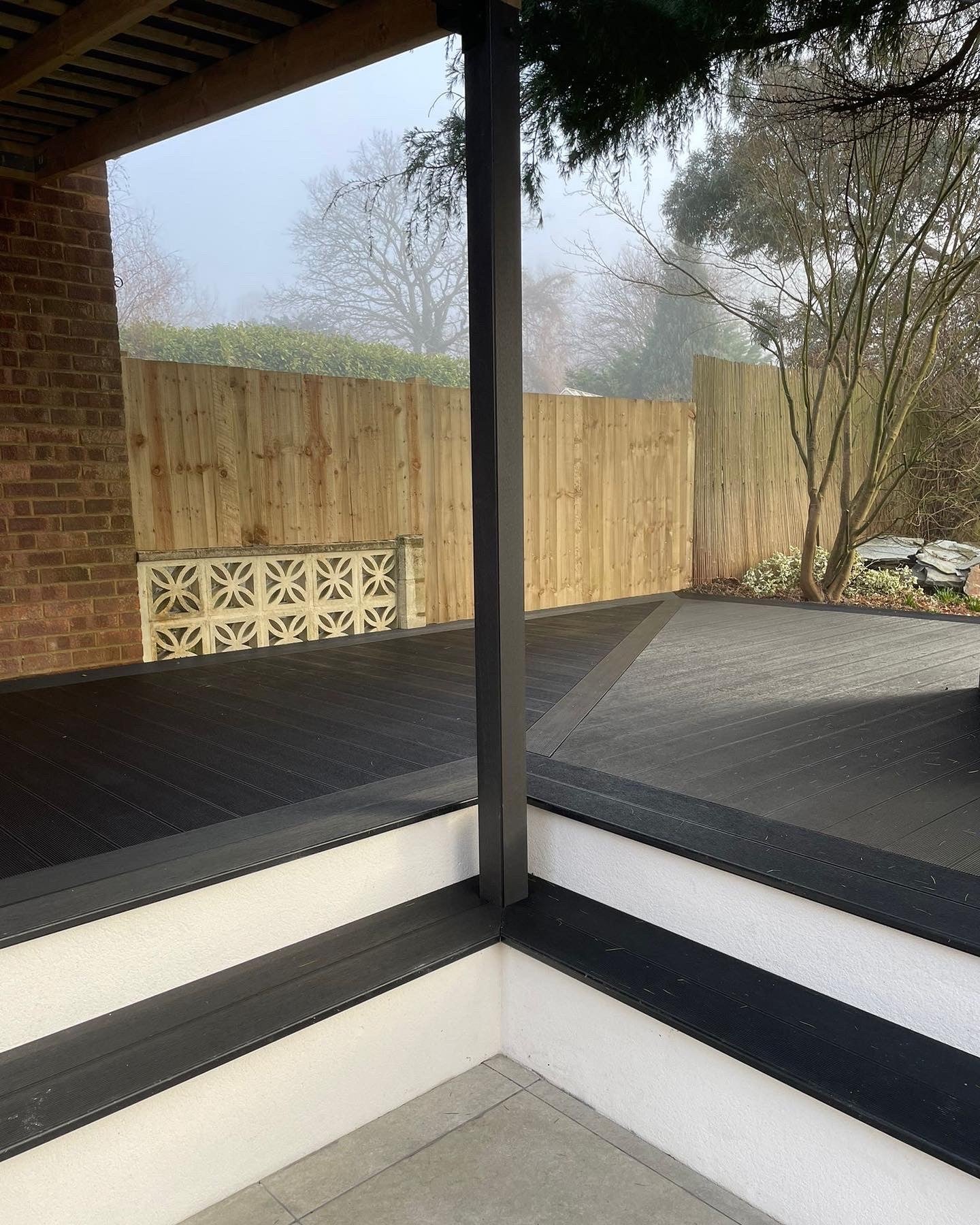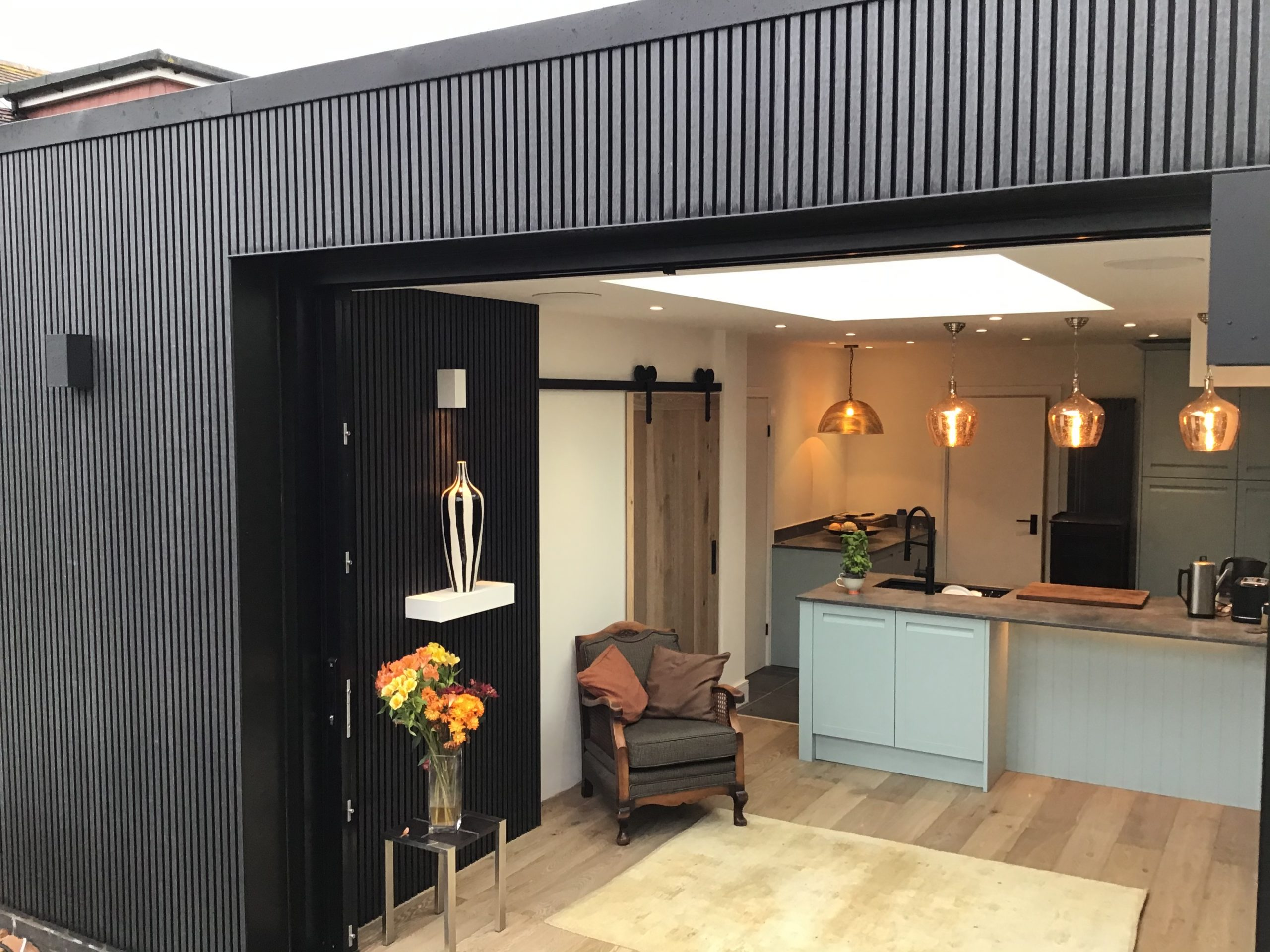Description
*This is an add on. Please contact our team for more details: info@tradewarehouse.co.uk
Dripstop is designed to manage the formation of cyclical condensation on the underside of steel roofing in conditions characterized by high temperatures and humidity. While it does not entirely prevent condensation from occurring, when functioning as intended, it may feel slightly damp to the touch.
For optimal performance of dripstop, it is advisable to have a pitched roof with an inclination of at least 10 degrees. Roofs with shallower angles can cause water droplets to run off the surface rather than evaporating effectively into the environment.
Proper ventilation is crucial for dripstop to function correctly. Sufficient airflow within the building is necessary to facilitate the drying of condensation between each cycle. Without adequate airflow, condensation may become trapped within small pockets of the felt membrane, potentially leading to moisture buildup and subsequent dripping onto the building's contents, posing a risk of water damage.
When does condensation occur?
Condensation emerges when warm indoor air interfaces with a cold surface, such as a metal panel. It's a common occurrence, particularly on uninsulated metal roof panels during winter. As daylight warmth gives way to nighttime chill, moisture forms on the underside of these panels. Condensation can also manifest on clear nights when the roof's metal surface cools due to nocturnal sky radiation.
When the temperature surpasses typical humidity levels and meets the dew point, condensation materializes on cooler surfaces. This is where water droplets undergo cooling, and Dripstop retains this moisture within the membrane's pockets until conditions revert below the dew point. At that point, water droplets are released as regular humidity into the air, and the Dripstop surface dries out, initiating the cycle once more.
Neglected condensation can potentially trickle down the roof, accumulating on or penetrating the building's structure. This can lead to issues like rust, rot, and, in severe cases, water dripping directly into the building interior.
Typical uses of dripstop:
- Agricultural buildings
- Warehouses
- Sheds
- Garages
- Carports
- Storage buildings
- Canopies
Payment & Security
Your payment information is processed securely. We do not store credit card details nor have access to your credit card information.
Request Samples
To request samples, please visit this page and fill out your details.
Some of Our Service Reviews
Customer Images
Trusted by thousands of UK customers 😊
You may also like
Some of Our Customer Reviews
View AllUS vs Other Brands
We pride ourselves on excellent customer service and highly trained staff who are on hand to assist you.
Perfect for trade & retail customers
Expert staff on hand to support
Efficient nationwide delivery network
No Minimum Order

